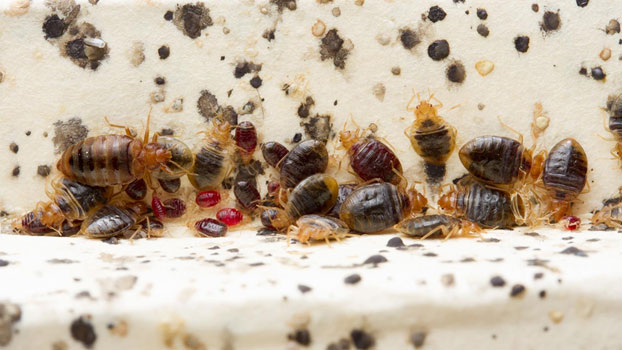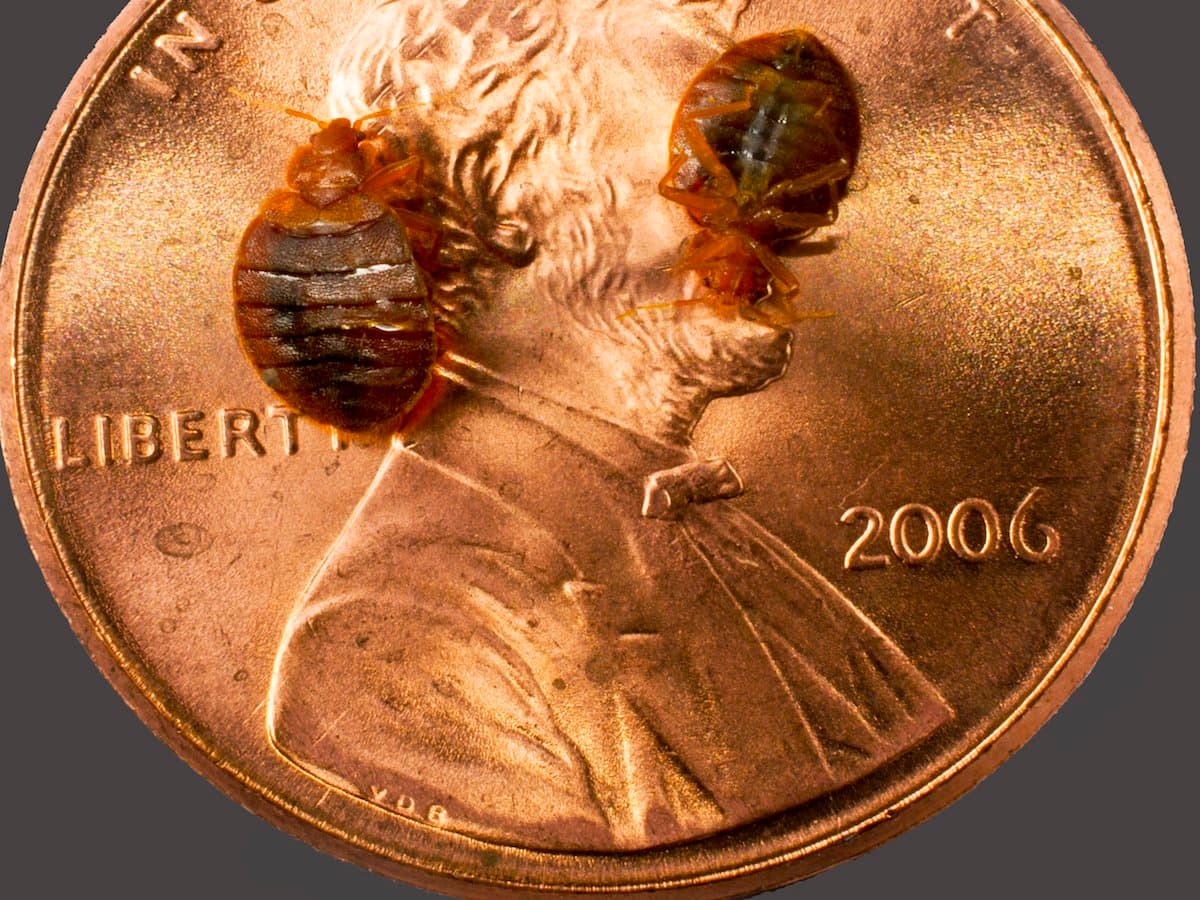A1 Bed Bug Extermination Houston: Specialist Providers
A1 Bed Bug Extermination Houston: Specialist Providers
Blog Article
Recognizing the Lifecycle of Bugs for Targeted Control Techniques
Recognizing the lifecycle of pests is an essential facet of effective bug administration methods. By understanding the numerous phases of advancement that parasites undergo, a much more accurate and targeted technique can be adopted to control their populaces. This expertise not only drops light on the susceptabilities within the parasite lifecycle yet additionally leads the way for executing tactical measures that can disrupt their growth and recreation cycles. With a deeper understanding of exactly how bugs thrive and advance, customized control methods can be created to deal with specific factors in their lifecycle, eventually causing more effective parasite administration outcomes.
Relevance of Understanding Bug Lifecycle
Recognizing the lifecycle of insects is crucial for developing efficient and targeted control techniques in parasite management. By understanding the numerous stages an insect experiences from egg to adult, parasite control professionals can determine vulnerable points in the lifecycle where treatment can be most effective. Recognizing when larvae are most active can aid determine the ideal timing for using larvicides. Additionally, recognizing the life-span of a parasite varieties can aid in predicting population growth patterns and prospective invasion dangers.
Furthermore, acknowledging the particular environmental problems needed for each and every phase of the pest's lifecycle can assist choices on environment alteration or exemption approaches to decrease and disrupt the lifecycle pest populaces. This expertise makes it possible for pest management specialists to implement proactive steps instead of depending exclusively on responsive therapies, leading to more sustainable and long-lasting parasite control remedies. Inevitably, a complete understanding of parasite lifecycles empowers insect control specialists to customize their methods properly, maximizing and decreasing ecological influences control end results.
Trick Stages in Bug Growth
To properly apply targeted control strategies in pest monitoring, an essential aspect lies in comprehensively recognizing and recognizing the vital stages in bug advancement. Insect development generally consists of numerous crucial stages that are essential for their lifecycle and management.

Susceptabilities in Parasite Lifecycle
Throughout the numerous phases of a bug's lifecycle, distinct vulnerabilities emerge that can be purposefully targeted for reliable control procedures. One crucial susceptability depends on the egg phase, where insects are usually much more at risk to specific pesticides or biological control agents as a result of their soft outer covering, making them simpler targets for intervention. Furthermore, the larval or nymph stage offers vulnerabilities as insects go through rapid development and advancement, calling check my source for high power consumption that can be made use of by disrupting their food resources or presenting development preventions. Pupal stages, identified by immobility and transformation, use a home window for targeted control with physical barriers or specific treatments that prevent successful introduction. Finally, grown-up parasites, while a lot more resilient because of their reproductive capability, can still be at risk throughout breeding or egg-laying tasks, which can be interfered with via scent catches or sanitation strategies. Recognizing these susceptabilities in the insect lifecycle is essential for creating specific and effective control strategies that successfully handle pest populaces while lessening ecological effect.
Executing Targeted Control Measures

Executing targeted control measures typically entails a multi-faceted technique. This may consist of environment modification to make the environment much less welcoming to pests, such as getting rid of standing water for insect control or sealing access factors for rodents. In addition, biological control methods can be made use of, where all-natural predators or virus are presented to maintain parasite populaces in check.
Integrated Parasite Administration (IPM) methods that combine numerous control procedures in a coordinated and sustainable fashion are usually the most reliable in accomplishing long-lasting pest management objectives. By carrying out targeted control steps based on a comprehensive his comment is here understanding of pest lifecycles, pest populaces can be successfully managed while reducing risks to human wellness and the setting.
Improved Insect Monitoring Practices

Moreover, the incorporation of organic control representatives, such as natural killers or microorganisms of parasites, can help in reducing dependence on chemical pesticides and promote a more well balanced community. Applying physical barriers and catches can also be part of improved pest administration techniques, offering non-toxic and targeted options for pest control. Furthermore, using scents and various other semiochemicals can interrupt pest breeding patterns and interaction, resulting in minimized pest populations gradually.
Verdict
By determining essential stages in pest growth and susceptabilities in their lifecycle, targeted control actions can be carried out to lessen insect populations. Boosted bug administration methods can aid lower the dependence on why not find out more broad-spectrum chemicals and advertise even more environmentally pleasant and lasting insect control methods.
Understanding the lifecycle of parasites is crucial for creating reliable and targeted control methods in bug management. By understanding the numerous phases an insect goes with from egg to adult, parasite control specialists can determine vulnerable factors in the lifecycle where intervention can be most effective. Eventually, a thorough understanding of bug lifecycles equips pest control practitioners to customize their approaches successfully, minimizing environmental effects and making best use of control end results.
By implementing targeted control procedures based on a thorough understanding of insect lifecycles, parasite populations can be efficiently managed while decreasing risks to human health and wellness and the atmosphere.
By recognizing key phases in parasite development and vulnerabilities in their lifecycle, targeted control steps can be carried out to decrease parasite populations.
Report this page